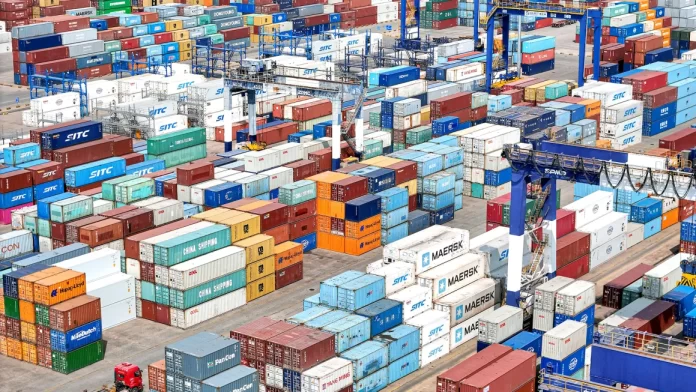China has announced it will impose 34% tariffs on all US imports from April 10, responding to President Donald Trump’s latest tariff increase on Chinese goods.
On Wednesday, Trump had revealed an additional 34% tariff on all Chinese imports, escalating trade tensions between the two largest economies in the world.
“This practice of the US is not in line with international trade rules, seriously undermines China’s legitimate rights and interests, and is a typical unilateral bullying practice,” China’s State Council Tariff Commission stated in its announcement.
China Strikes Back with More Restrictions
Since returning to power in January, Trump had already imposed two rounds of 10% extra duties on Chinese imports, claiming it was necessary to stop the flow of illicit fentanyl into the US. With the latest increase, Chinese goods entering the US will now face 54% tariffs.
In response, China’s retaliation has been stronger than before. Earlier, it had targeted agriculture, fuel, and specific American firms, but this time it has added sweeping new measures:
- 11 American companies were added to the “unreliable entity list,” including drone manufacturers.
- Export restrictions were placed on 16 US companies, banning them from receiving Chinese dual-use items.
- Anti-dumping investigations were launched into imported medical CT X-ray tubes from the US and India.
- Export controls were placed on seven rare-earth minerals, including samarium, gadolinium, and terbium.
These restrictions could further strain US supply chains, especially in technology and defense industries that rely on Chinese rare-earth materials.
Economic Impact on Markets and Businesses
The new tariffs have sent global markets into turmoil. Following China’s announcement:
- US stock futures fell sharply—Dow futures dropped 1,000 points (2.3%).
- The S&P 500 and Nasdaq Composite were set to open 2.4% and 2.7% lower, respectively.
- European and UK stocks tumbled by more than 3%, marking their worst losses in years.
The broader market has been on edge for days. On Thursday, the Dow Jones Industrial Average lost 1,600 points (4%), while the S&P 500 and Nasdaq plummeted by nearly 5% and 6%, respectively—their worst performance since the pandemic era.
For US businesses, the stakes are high. Many companies with supply chains in China now face rising costs on both Chinese imports and other Asian goods, due to Trump’s wider trade policies.
Meanwhile, China’s economy is also struggling, with officials making efforts to boost domestic consumption as the trade war deepens.
Like 👍, Comment, share this article, and Follow us on our social media handles.






